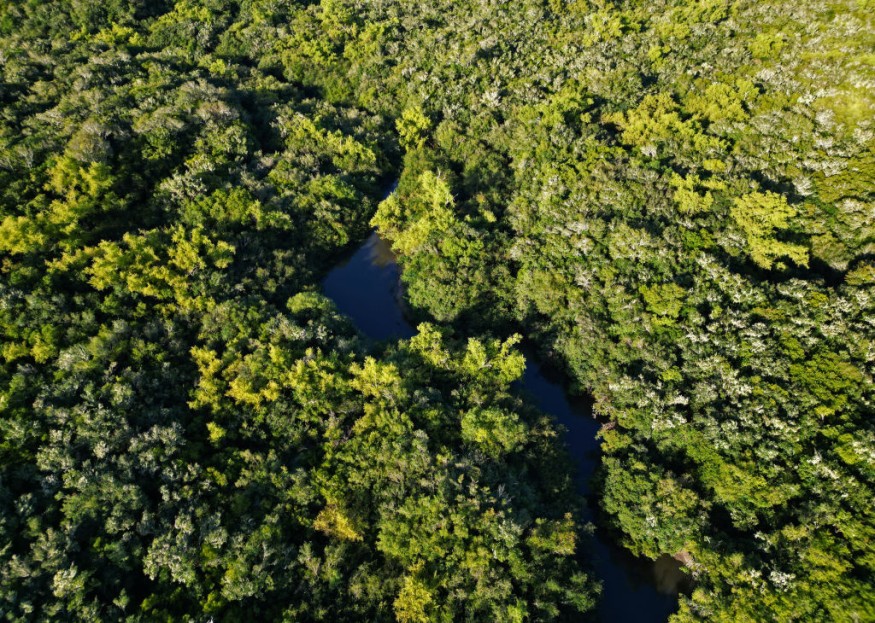
Experts said that trees are struggling to sequester heat-trapping carbon dioxide in warmer and drier climates.
Due to this, trees may no longer serve as a solution for offsetting humanity's carbon footprint as the planet continues to warm.
How Climate Changes The Future
In the process of photosynthesis, photorespiration has been occurring when plants consume O2 and release CO2 instead of the reverse.
They explained that how photorespiration varies in the environment today has been uncertain but this is important for validating how climate will change in the future and has changed in the distant past.
Researchers have developed and applied a proxy for photorespiration rate based on the isotopic composition of a specific functional group (methoxyl) in wood.
This proxy varies systematically with growing temperature and water availability of trees globally, which suggests that plants in different ecosystems photorespire different amounts and have different physiologic and metabolic responses to climate.
It was explained that whether plants photorespire more or less in the future and geologic past would usually depend on how local temperature and water availability scale with atmospheric CO2.
It was said that photorespiration could limit gross primary productivity in terrestrial plants.
Scientists said that the rate of photorespiration relative to carbon fixation increases with temperature and decreases with atmospheric [CO2].
However, they explained that the extent to which this rate varies in the environment is unclear.
In the study, experts have introduced a proxy for relative photorespiration rate based on the clumped isotopic composition of methoxyl groups (R-O-CH3) in wood.
Most methoxyl C-H bonds are formed either during photorespiration or the Calvin cycle and thus their isotopic composition may be sensitive to the mixing ratio of these pathways.
In water-replete growing conditions, scientists have found out that the abundance of the clumped isotopologue 13CH2D correlates with temperature (18-28 °C) and atmospheric [CO2] (280-1000 ppm), consistent with a common dependence on relative photorespiration rate.
They explained that when applied to a global dataset of wood, they have observed some global trends of isotopic clumping with climate and water availability.
It was pointed out that the clumped isotopic compositions are similar across environments with temperatures below ~18 °C. Above ~18 °C, clumped isotopic compositions in water-limited and water-replete trees increasingly diverge.
''We propose that trees from hotter climates photorespire substantially more than trees from cooler climates,'' scientists said.
Read Also : Tree Planting for Carbon Offsets Might Actually Cause Environmental Disaster, Oxford Study Warns
Water Availability
It was revealed that how increased photorespiration is managed would usually depend on water availability: water-replete trees export more photorespiratory metabolites to lignin whereas water-limited trees either export fewer overall or direct more to other sinks that mitigate water stress.
These disparate trends indicate contrasting responses of photorespiration rate (and thus gross primary productivity) to a future high-[CO2] world.
This study then said that photorespiration rates could only be measured in real time using living plants or well-preserved dead specimens that retained structural carbohydrates.
This meant that it was nearly impossible to study the rate at which plants draw down carbon at scale.
So far, the amount of carbon dioxide in the atmosphere is rapidly rising.
It was observed that it was already greater than at any time in the last 3.6 million years.
Related Article : Study Finds that the Largest Trees Capture Much More Carbon and Dominate Forest Carbon Storage
© 2025 NatureWorldNews.com All rights reserved. Do not reproduce without permission.





